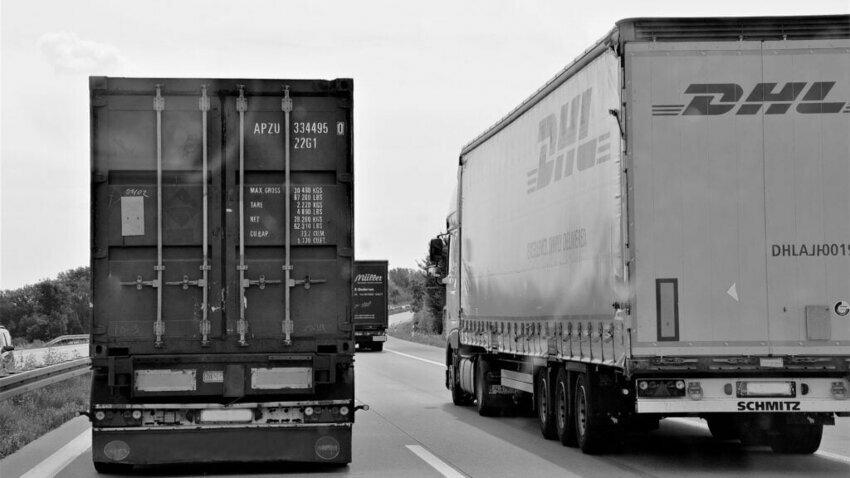 (Credit: Pixabay)
(Credit: Pixabay)New near-zero emission diesel trucks are making their presence known on the road, with a 10.2% increase between 2021 and 2022, according to the latest data from Diesel Technology Forum.
The increase means that 57% of all commercial diesel trucks on the roads today are using near-zero emissions technology. DTF analyzed the S&P Global Mobility TIPNet Vehicles in Operation Data as of December 2022 to determine its findings.
The trucks achieve near-zero emissions through particulate filters and selective catalytic reduction systems. In fact, DTF found that 65.7% of all commercial diesel trucks are equipped with particulate filters. Of the commercial trucks in operation that are 2010 models or later, diesel technology dominates, accounting for 95.4%, followed by just 2.1% that are CNG, 0.3% electric and the remainder are gasoline or other fuels.
For the entire commercial trucking population – comprising 15 million vehicles – 75.6% are powered by diesel, 22.9% are gasoline, .46% compressed natural gas, 0.85% are other (ethanol, fuel cell, LNG, propane), and just 0.09% are electric.
“According to this most recent analysis, internal combustion engines (diesel, gasoline, natural gas, and propane) power about 99.91% of the nation’s trucking fleet,” Allen Schaeffer, executive director of the Forum, said in a statement. “As the trucking industry explores new fuels, including all-electric and fuel cell technology, it is clear that diesel and other internal combustion engines are going to continue to play a dominant role for years to come.”
Some states have more near-zero emissions trucks than others, with Indiana being the leader of the pack where 73.2% of registrations of 2010 and later are such models. Utah is second (66.2%), Pennsylvania (66.0%), the District of Columbia (65.4%), Texas (63.6%), Oklahoma (62.6%), Florida (62.3%), Illinois (60.6%), Louisiana (59.2%), and Wisconsin (59.1%).
Indiana ranks first of the states for the highest percentage of registrations of 2010 and later model year near-zero emission diesel trucks (73.2%). Next in the rankings is Utah (66.2%), Pennsylvania (66.0%), the District of Columbia (65.4%), Texas (63.6%), Oklahoma (62.6%), Florida (62.3%), Illinois (60.6%), Louisiana (59.2%) and Wisconsin (59.1%). In California, there are 125 times more new generation advanced diesel trucks on the road than electric trucks. However, the state lags behind the national average, taking the 35th spot with 51.6% of registrations being near-zero emission diesel trucks.
The popularity of diesel technology comes as more electric vehicles are hitting the roads over the next several years. The diesel industry has insisted for decades that diesel engines are cleaner than regular gasoline. With particulate filters, diesel engines do produce less emissions. However, the consumer industry took a major hit after it was discovered Volkswagen, which makes up 70% of the U.S. consumer diesel car market, was cheating on its emissions level tests. The company was fined $150 million in Canada and was in hot water with U.S. regulators, among other consequences and fixes.
According to DTF, diesel offers many advantages over other emerging technologies, which may have higher upfront costs and limited infrastructure to support them.
“Decarbonizing the economy will take time and require many different types of solutions for different sectors,” Schaeffer said. “There isn’t a one-size or one-fuel fits all answer. In the meantime, accelerating the turnover of the existing fleet, continued improvement of internal combustion engines, and utilizing low-carbon renewable fuels is just as important as a zero-emission vehicle approach to help achieve meaningful progress toward climate goals.”